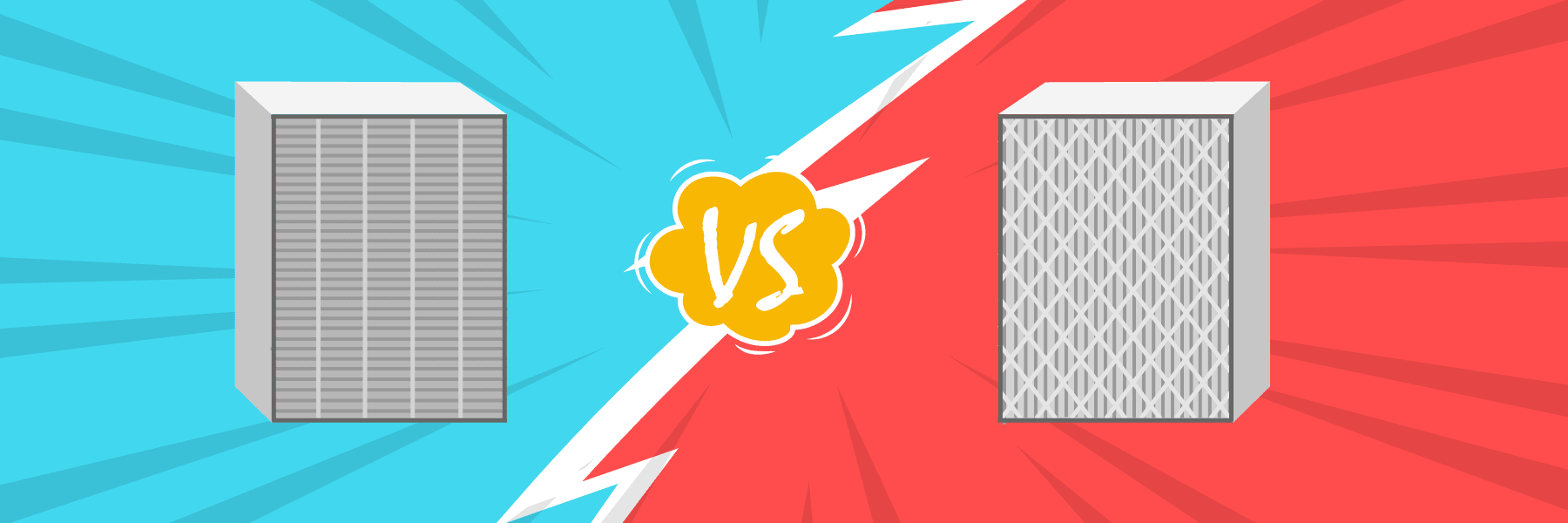Understanding Invisalign Costs

Invisalign is a revolutionary treatment method for correcting misaligned teeth and achieving a straighter smile. Invisalign cost depends on various factors such as the severity of the case, location, and the experience of the orthodontist. Understanding these factors can help you make an informed decision about whether Invisalign is the right choice for you. Here are some factors that may affect the cost of Invisalign treatment:
Severity of the Case
The complexity and severity of your dental case will have a significant impact on the cost of your Invisalign treatment. If you have mild to moderate misalignment, you can expect to pay a lower cost compared to those with more severe cases. Complex cases usually require longer treatment time and more aligners, which can result in a higher cost.
Dentist Experience
Different orthodontists may charge different prices for Invisalign treatment based on their level of experience. Orthodontists with more experience and expertise usually have higher fees due to the quality of their work. Some orthodontists may also offer discounts for first-time patients or payment plans to make the treatment more affordable. Professionals of the same caliber or reputation may charge different rates due to factors such as location and demand.
Location
The cost of Invisalign treatment can also vary depending on your location. Orthodontists in urban areas may charge higher fees compared to those in rural areas. The cost of living and overhead expenses, such as rent and utilities, can impact the overall cost of treatment. It is worth considering traveling to a different location for treatment if it means saving a significant amount of money.
Patient’s Consistency
The success of your Invisalign treatment also depends on your consistency in wearing the aligners as instructed by your orthodontist. Neglecting to wear them for the recommended hours a day can prolong the duration of your treatment, resulting in additional costs. Follow all instructions given by your orthodontist for a successful treatment and avoid any additional expenses.
The retainer phase at the end of treatment can help in maintaining the results achieved with Invisalign. Skipping or not wearing your retainers as instructed can result in teeth shifting back to their original position, requiring further treatment and expenses.
Payment Options for Invisalign Treatment
There are various payment options available for Invisalign treatment to make it more affordable for patients. Some orthodontists offer discounts or flexible payment plans, allowing you to pay in installments rather than a lump sum. Here are some common payment options for Invisalign treatment:
Credit Card Payments
Credit card payments work well for Invisalign treatment, as they allow you to spread the cost of your treatment over a specified period, which makes it easier to budget for the treatment. Discuss with your orthodontist a payment plan that works for you. Check with your credit card provider for any additional benefits or rewards, such as cashback or points, that you can use towards the treatment cost.
Insurance Coverage
Dental insurance plans cover orthodontic treatments, including Invisalign. The coverage amount may vary depending on your plan and the type of treatment you need. Check with your insurance provider beforehand to determine the extent of coverage for Invisalign. Some insurance plans may cover a percentage of the treatment cost, while others may offer a fixed amount. Insurance providers may have specific guidelines or requirements for coverage, such as age limits or pre-authorization. Read the fine print and understand your insurance coverage before proceeding with Invisalign treatment.
Flexible Spending Accounts (FSA) or Health Savings Accounts (HSA)
If you have a flexible spending account (FSA) or health savings account (HSA), you can use the funds to cover Invisalign treatment costs. The advantage of using FSA/HSA funds is that they are not taxed, making them a cost-effective option for covering the Invisalign cost. These funds must be used within a specified time frame, usually one year. If you have an FSA or HSA, plan your Invisalign treatment to align with your account’s expiration date to fully utilize the funds.
Finding Invisalign Cost
Invisalign is an effective and discreet option for correcting misaligned teeth. Invisalign cost may vary depending on several factors such as the extent of treatment, location, and additional services. Treatment options such as insurance coverage, payment plans, and flexible spending accounts can help make Invisalign more affordable. Consult with an orthodontist to determine the suitable treatment plan for your specific needs and budget.




